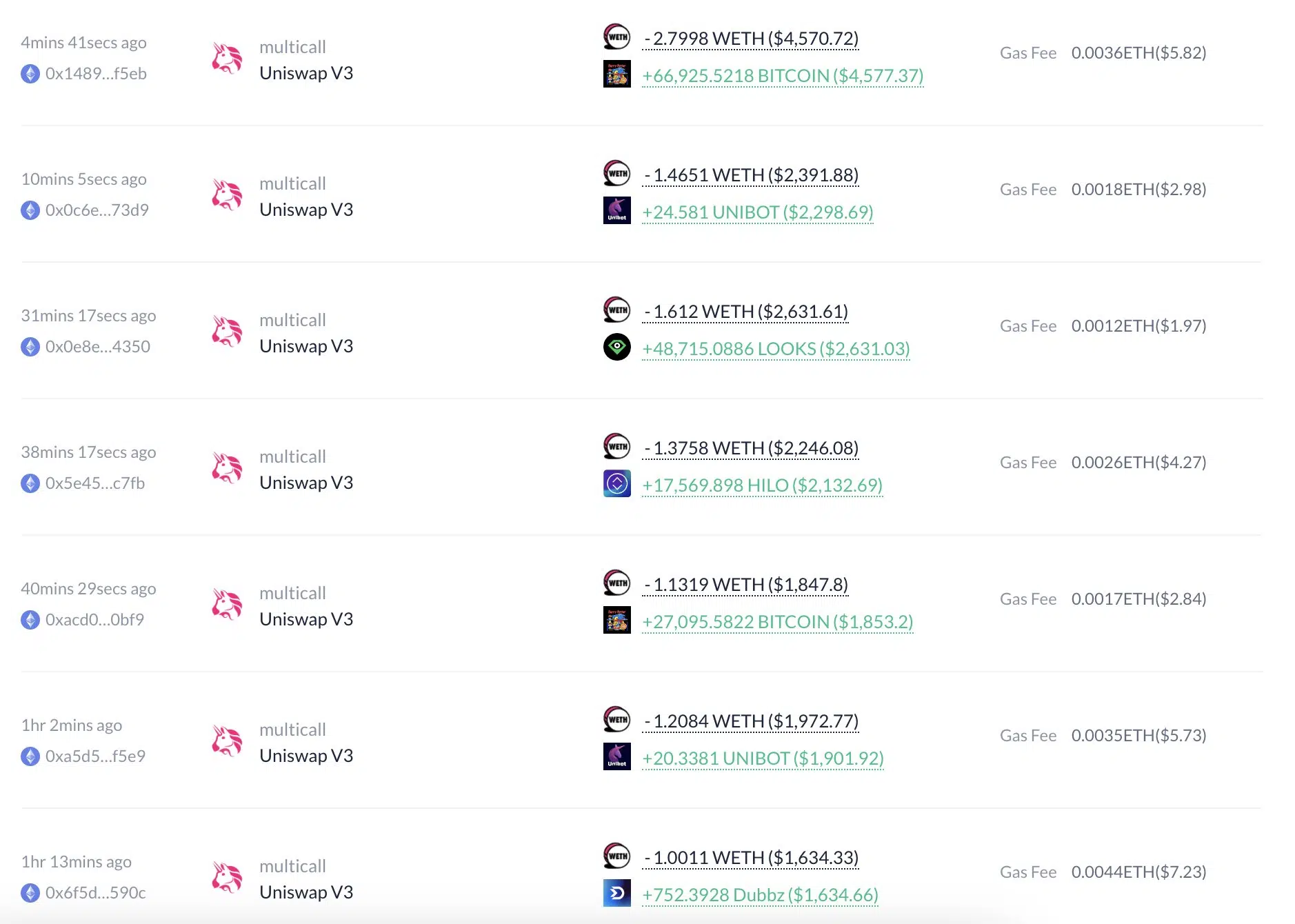Introductory Guide to Navigate the Crypto Market Mastery: Exploring Invaluable Trade Indicators and Strategies
The decision to engage in cryptocurrency trading signals a new frontier in financial liberation. With digital currencies paving the way for a non-traditional approach towards wealth accumulation, mastering the crypto market involves leveraging efficient trade signals and strategies. Recognizing these indicators and implementing effective strategies will enhance one’s overall trading performance, ensuring maximized profits and minimized risks. This article offers a comprehensive guide that seeks to simplify the complex aspects of cryptocurrency trading, equipping you with the necessary tools to master the market landscape.
Understanding Key Crypto Market Indicators
Crypto market indicators, also known as trade signals, serve to provide valuable insights into the market’s potential movements. These signals can be classified into two main categories: leading indicators and lagging indicators. Leading indicators predict future price movements, whereas lagging indicators confirm trends after they have already started.
Leading Indicators
Leading indicators such as Relative Strength Index (RSI) and Moving Average Convergence Divergence (MACD) offer predictive value, making them the first line of defense against potential investment losses. These indicators provide traders with an early warning system, helping them identify shifts in market dynamics before they occur.
- Relative Strength Index (RSI): RSI is a momentum oscillator used to gauge the speed and change of price movements. An RSI that reads below 30 suggests an oversold condition, signaling a potential uptrend, while an RSI above 70 may indicate an overbought condition, hinting at a looming downtrend.
- Moving Average Convergence Divergence (MACD): The MACD operates on the concept of moving averages, serving as a trend-following momentum indicator. It signals potential buy or sell points when it crosses above (buy signal) or below (sell signal) its signal line.
Lagging Indicators
Lagging indicators such as the Bollinger Bands and Simple Moving Average (SMA) help affirm market trends and patterns, providing added confidence in a trader’s investment decisions.
- Bollinger Bands: Made up of a middle band (SMA) and an upper and lower band, Bollinger Bands measure market volatility. When the price touches the upper band, it might be due for a reversal or slow-down, signalling an ‘overbought’ condition. Similarly, when the price reaches the lower band, it may signal an ‘oversold’ state.
- Simple Moving Average (SMA): The SMA illustrates the average price of a crypto asset over a specific period, smoothing out price fluctuations to reflect the overall trend. The crossing of a short-term SMA above a long-term SMA signifies a bullish trend, while the crossing below marks a bearish trend.
Implementing Effective Crypto Trading Strategies
Understanding and recognizing trade signals effectively narrows down when best to enter and exit trades. However, for a successful trading experience, one must integrate this knowledge into a matured trading strategy. Trading strategies vary, primarily influenced by a trader’s risk tolerance, capital, and trading goals.
Position Trading
Position trading is a long-term strategy where traders aim to profit from broad market swings. Position traders often use daily to monthly charts and may hold positions for several months to years. It’s ideal for individuals who do not want to be glued to their screens and have a high patience level.
Swing Trading
Swing trading capitalizes on “swings” in the market where the trader aims to capture a portion of a potential trend. It often involves holding positions for days to weeks. Swing traders use technical analysis, trends, and patterns to make trading decisions and is suitable for those who can dedicate a couple of hours analyzing the market each day.
Day Trading
Day trading refers to buying and selling within the same trading day, thereby not holding any positions overnight. It relies on short-term price movements and requires thorough knowledge and experience. Day traders must remain vigilant and adaptable, given the market’s high volatility.
Conclusion
Successfully mastering the crypto market involves a blend of recognizing pivotal trading signals and implementing effective trading strategies. By understanding leading and lagging indicators, traders can develop a preemptive approach to their trading ventures. Combined with robust trading strategies tailored to personal risk tolerance and goals, traders are set on a path of successful cryptocurrency trading. Embrace the volatile crypto market with calculated precision and maximize your profit potential!
Summary of Article: Mastering the Crypto Market
I. Understanding Crypto Trade Signals
- The trade signals in the crypto market are hints or alerts indicating profitable buy or sell opportunities.
- These signals are produced using technical analysis strategies and can also incorporate other factors, e.g. news events affecting the cryptocurrency market.
II. Types of Trade Signals
- Bitcoin Signals: Frequently used due to Bitcoin’s dominance and influence in the crypto market. These signals can be a useful indicator for other cryptocurrencies.
- Altcoin Signals: These are used for trading altcoins, which can be profitable due to their volatility.
- Scalping Signals: Short-term signals used for making regular small profits.
III. Crypto Trading Strategies
- Scalping: A method that takes advantage of small price differences in the market.
- Day trading: Strategy based on taking advantage of volatility within the 24-hour cycle of the market.
- Swing Trading: This strategy occurs over a period of days to weeks.
- Position Trading: Involves holding onto a position for a long-term duration.
IV. Tools for Trading and Receiving Signals
- Crypto trading bots are automated software that can execute trades on behalf of the traders. They use algorithms and indicators to generate signals.
- There are also online platforms and mobile apps that provide crypto trade signals. However, it’s critical to use reputable sources due to the presence of scams.
V. Risks and Considerations
- While trading signals and strategies can be profitable, they are not guaranteed. Market fluctuations can lead to losses.
- Traders should manage their risk wisely; this includes not investing more than one can afford to lose.
- It’s crucial to stay informed about market trends and potential news events that could impact the market.
VI. Conclusion
- Crypto trading signals and strategies can provide opportunities for profit in the volatile crypto market.
- Understanding different methods, staying aware of market trends, and managing risk is key to mastering crypto trading.


